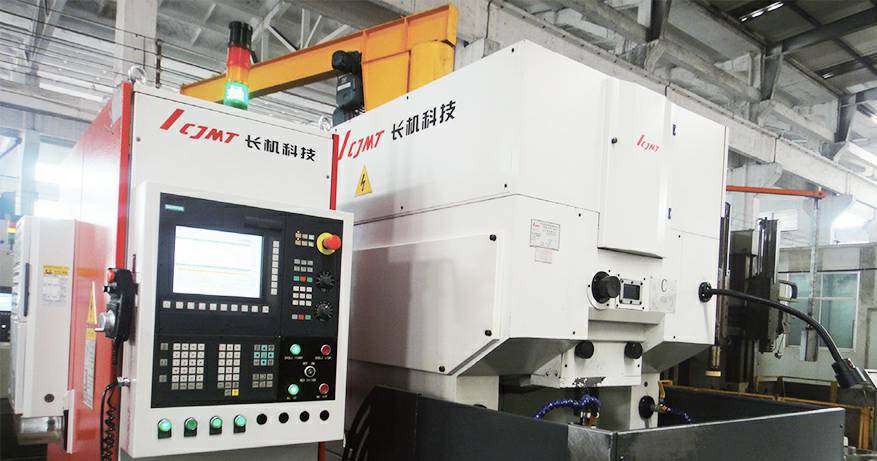公司有先进的德国霍夫勒数控成形磨齿机,检测中心,三座标仪等

型号:Y5132A插齿机
主电机功率:4(kw)KW
重量:3000(kg)kg
最大加工模数:320mm
加工直径范围:320(mm)
+ 查看更多
公司以高品质服务求诚信,以科技创新求发展,以打造品牌求精品,倾力实现公司的跨越和腾飞,为振兴中国的民族工业而努力!

开云app登录入口-开云online(中国)位于中国无锡市惠山区洛社镇,自2006年成立以来,一直秉承质量成就品牌,诚信铸就未来的经营理念。现公司员工150人,年产值2亿元,致力于为全球用户提供高精齿轮、齿轮箱与动力传动的设计制造服务。一切以客户为中心,让客户满意是公司不变的经营理念。
经过多年的经营,我公司已经在工程机械、矿山机械做出了良好的口碑,主要体现在:以ERP为主线的快捷响应的高度扁平化管理模式;以ISO9000为主线的完善的质量管控体系,提供稳定可靠的质量服务;一切以客户为先的售后快速响应机制。
公司已引入“智物流”管理体系和“设备互联”管理体系,每年硬件更新改造都有近千万的投入。每年都引进5到8名高级专业技术及管理人才,目前拥有20名中高级专业技术及管理人才,其中博士2名、硕士1名、高级工程师3名。公司是国家高新技术企业,还和多所高校和科研院所合作,并获得多项发明专利和实用型专利。
公司于2006年通过IS9001:2000质量认证体系
1.持续十五年,严格执行ISO9001质量管理体系标准至今;
1.原材料采用国内外一线品牌,质量证明文件或原产地证明可追溯。
2.零部件、外购件、外协件全过程质量检验;
3.整机检验规范(13大类67小项检测内容、102项装配质量控制要点);

以科技创新求发展,以打造品牌求精品